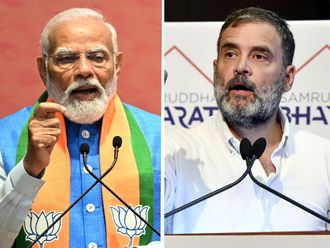New Delhi: The first agitation against the imposition of Hindi kicked off in 1937, after the introduction of compulsory teaching of Hindi in the schools of Madras Presidency.
The Indian government responded with a crackdown, resulting in the death of two protesters and the arrest of 1,198 people including women and children.
On January 25, 1965, a full-scale riot broke out in Madurai against imposition of Hindi on non-Hindi speaking states.
To calm the situation, then Prime Minister Lal Bahadur Shastri gave assurances that English would continue to be used as the official language as long as the non-Hindi speaking states wanted.
In 1967, anti-Hindi activists from Madras state — which is now Chennai — were not satisfied with the three language — English, Hindi and Tamil — formula.
They demanded an end to teaching of Hindi.
The agitation turned violent on December 21 and mass acts of arson and looting were reported in the state.
Eventually, the three-language policy was scrapped and Hindi was eliminated from the curriculum.
In 1986, then PM Rajiv Gandhi introduced the “National Education Policy”. This education policy provided for setting up Navodaya Schools, where the Dravida Munnetra Kazhagam (DMK) claimed teaching of Hindi would be compulsory.
On November 17, 1986, DMK members protested against the new education policy by burning Part XVII of the Constitution.
In 2014, the Union Home Ministry ordered that “government employees and officials of all ministries, departments, corporations or banks, who have made official accounts on social networking sites should use Hindi, or both Hindi and English but give priority to Hindi”.
This move was immediately opposed by all the political parties in Tamil Nadu. The protests ensured the continuous official usage of English.












